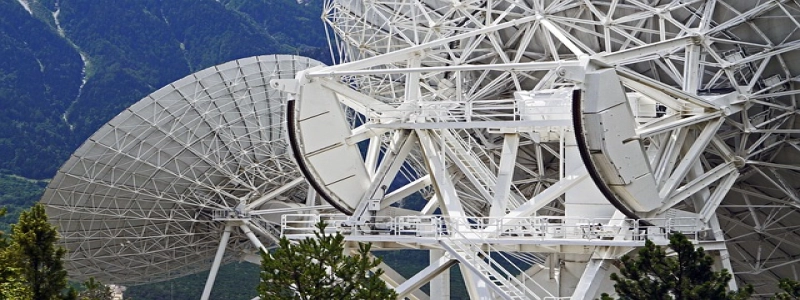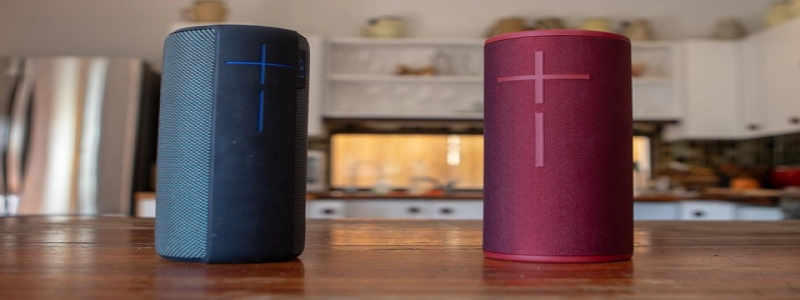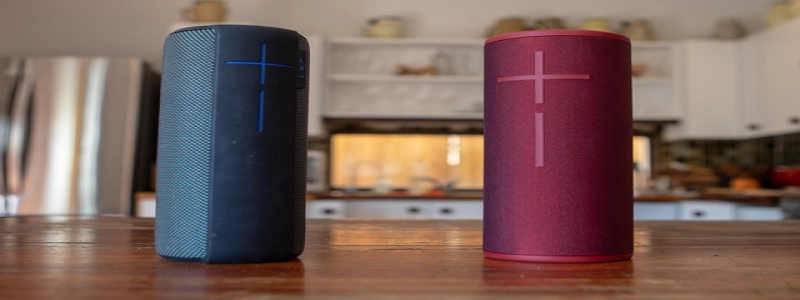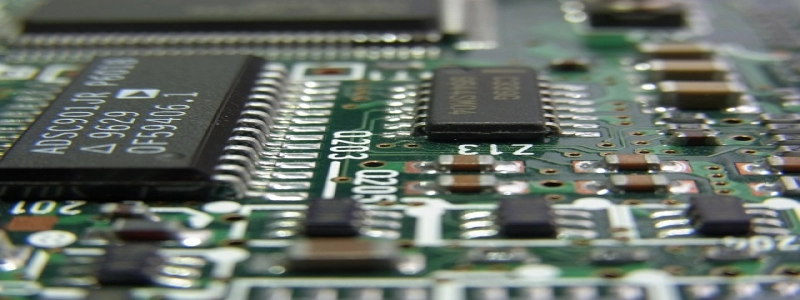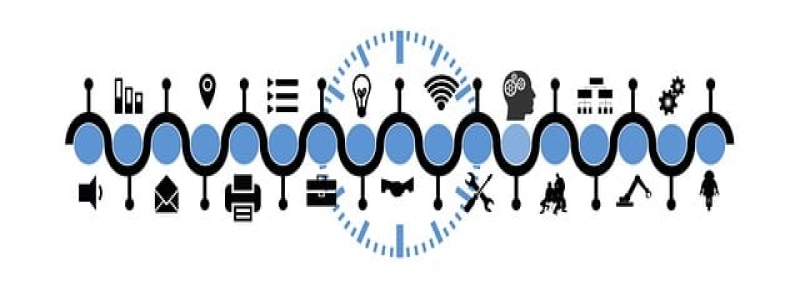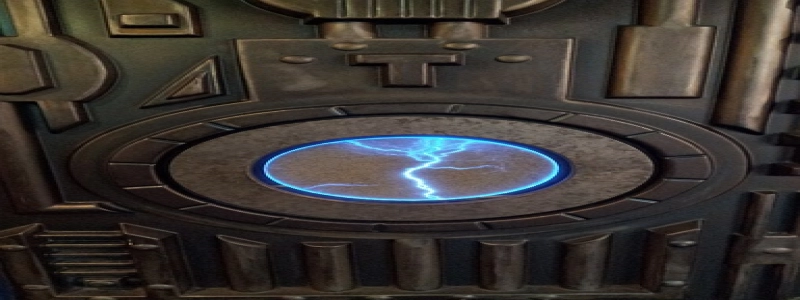Fiber Optic Cable End Types
Introduction:
Fiber optic cables have revolutionized communication systems due to their ability to transmit data at high speeds over long distances with minimal signal loss. These cables are widely used in various industries such as telecommunications, internet services, and data centers. Understanding the different end types of fiber optic cables is crucial for technicians and engineers working with these cables.
I. Single-mode Fiber (SMF) Cable End Types:
Single-mode fiber cables are designed to carry a single ray of light, providing high bandwidth and long-distance transmission capabilities. The two common types of single-mode fiber cable ends are:
A. FC (Fiber Connector): FC connectors are widely used in research and development laboratories and long-haul communication systems. These connectors provide low insertion loss, high return loss, and excellent repeatability.
B. LC (Lucent Connector): LC connectors are smaller in size compared to FC connectors, making them ideal for high-density applications. These connectors are widely used in data center networks and telecommunication systems.
II. Multimode Fiber (MMF) Cable End Types:
Multimode fiber cables are designed to carry multiple rays of light simultaneously, providing lower bandwidth and shorter transmission distances compared to single-mode fiber cables. The two common types of multimode fiber cable ends are:
A. ST (Straight Tip): ST connectors are popular in local area networks and can easily terminate multimode fiber cables. These connectors have a bayonet-style mechanism for quick and secure connections.
B. SC (Subscriber Connector): SC connectors are also widely used in local area networks and other multimode fiber applications. They have a push-pull latching mechanism that ensures a secure connection.
III. Other Fiber Cable End Types:
Apart from the commonly used single-mode and multimode fiber cables, there are a few other fiber cable end types that are worth mentioning:
A. MT-RJ (Mechanical Transfer Registered Jack): MT-RJ connectors are used for small form factor applications, such as fiber to the desk or home networks. These connectors combine both the fiber optic strands into a single compact connector.
B. MPO (Multi-Fiber Push-On): MPO connectors are used predominantly in high-density applications, such as data centers and high-speed networks. These connectors can accommodate multiple fibers within a single connector, thus offering efficient cable management.
Conclusion:
Understanding the different end types of fiber optic cables is critical for technicians and engineers involved in the installation, maintenance, and troubleshooting of fiber optic systems. Whether it is single-mode or multimode fiber cables, the choice of end type connectors depends on the specific application requirements. Proper selection and installation of the correct cable end types ensure efficient and reliable transmission of data over fiber optic networks.
